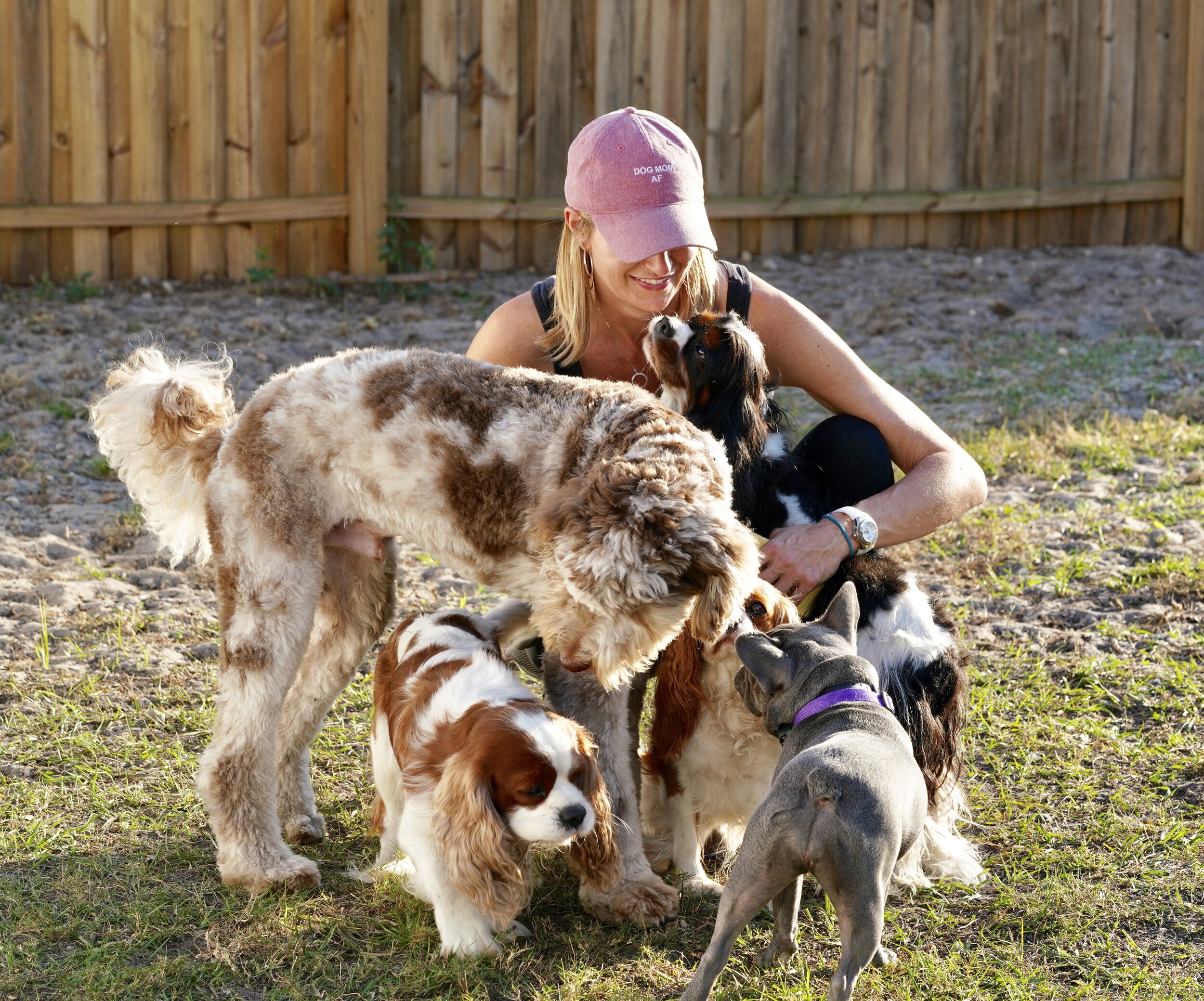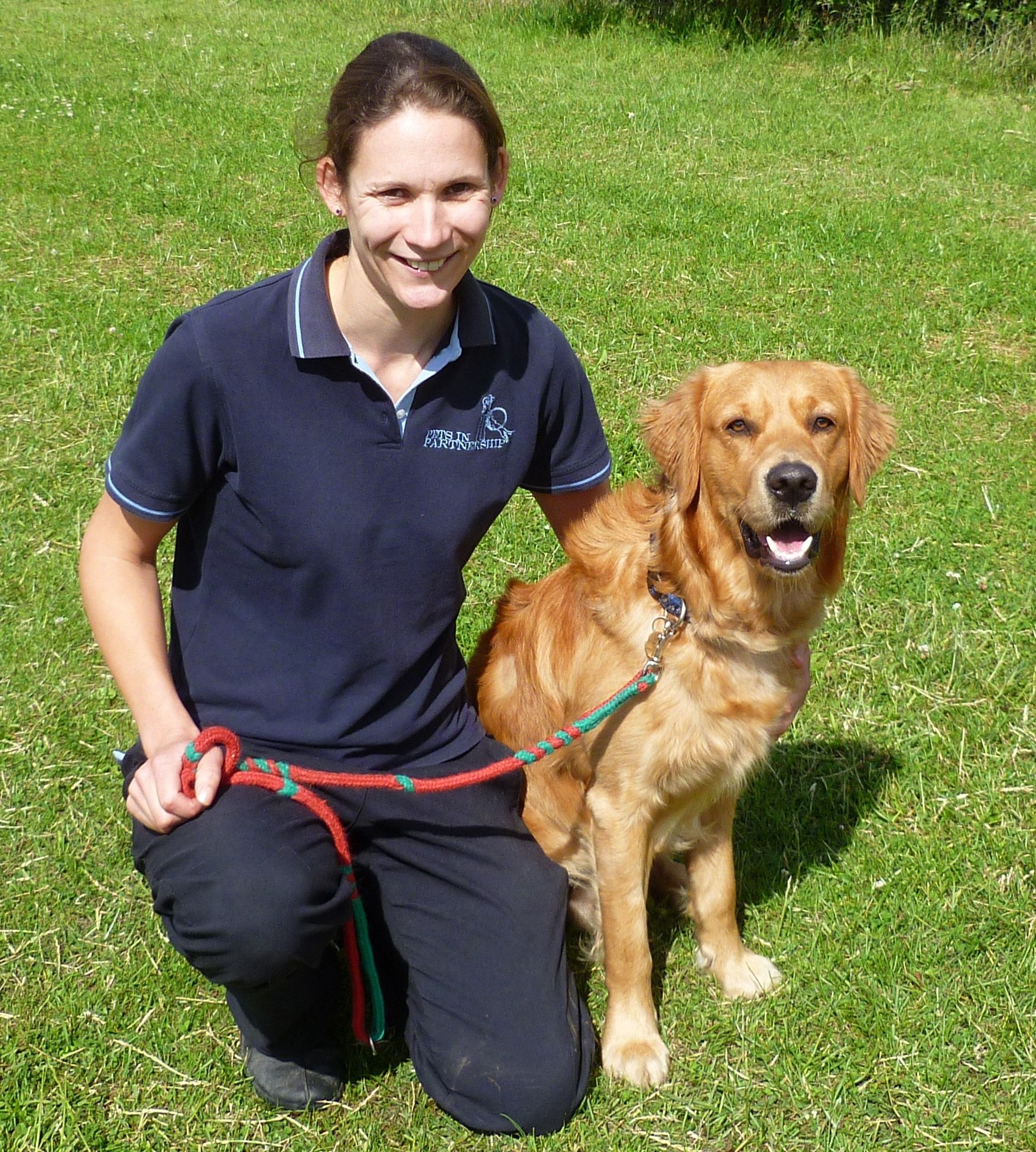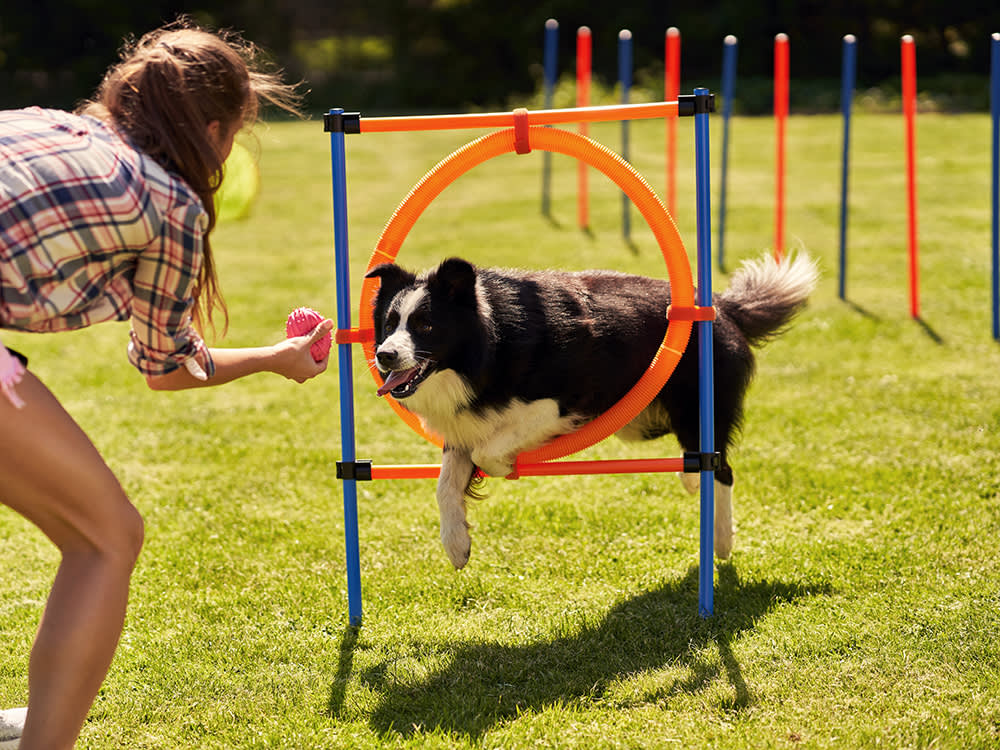Master Dog Training at Home with These Simple Techniques and Tools
Master Dog Training at Home with These Simple Techniques and Tools
Blog Article
Top Canine Training Strategies Every Owner Must Know

Favorable Reinforcement Strategies
Using positive support methods is essential for reliable canine training, as it cultivates a trusting bond in between the fitness instructor and the pet. This method focuses on rewarding preferable behaviors rather than penalizing undesirable ones, creating a setting for learning. Incentives can consist of treats, appreciation, or play, which motivate canines to repeat the habits that gain them these rewards.

In addition, this strategy boosts the canine's enthusiasm for training sessions. They are extra engaged and receptive when canines link training with positive experiences. Dog training. Beyond instant therapy, favorable support urges a collaborative connection in between the dog and fitness instructor, reducing anxiety and worry
To take full advantage of performance, it is essential to provide benefits quickly, ensuring the dog connects the actions with the reinforcement. In significance, positive reinforcement strategies not only produce better-trained pet dogs yet additionally promote a harmonious collaboration in between dog and owner.
Remote Control Training Technique
The remote control training approach is a very effective technique that builds on the principles of positive support by adding a distinct audio to mark wanted habits. This approach utilizes a little handheld tool that produces a clicking noise, enabling fitness instructors to connect with their dogs in a instant and clear fashion. When a pet dog executes a habits that the owner wishes to motivate, the clicker is triggered, followed by a reward, usually in the kind of deals with or praise.
The trick to successful remote control training hinges on uniformity and timing. It is vital to click at the precise minute the preferred behavior happens, making sure that the canine associates the audio with the action and the subsequent benefit. This technique not just enhances communication however additionally promotes a stronger bond between the proprietor and the pet dog, as it motivates interaction and communication throughout training sessions.
Clicker training can be used to a range of behaviors and commands, from standard obedience to a lot more intricate tricks. Its adaptability and effectiveness make it a favored technique amongst professional trainers and pet dog proprietors alike, leading the way for a receptive and trained canine companion.
Leash Training Essentials
Efficient leash training is crucial for making certain a risk-free and satisfying strolling experience for both pets and their proprietors. Dog training. Chain training should begin early and be approached with patience and uniformity. Beginning by picking an appropriate chain and collar or harness. A flat collar may function for some pet dogs, while others might profit from a harness that decreases go to these guys drawing.
Introduce your canine to the leash slowly, permitting them to discover it in a comfortable environment. Once they are accustomed, method loose-leash strolling. This entails rewarding your canine for strolling close to you instead than pulling in advance. Usage treats and praise to enhance wanted behavior, and make sure to continue to be assertive and tranquil.
If your pet dog starts to draw, quit strolling quickly. Wait until they go back to your side before returning to. This educates them that drawing does not bring about progress. Furthermore, method various strolling atmospheres to help your dog adjust to interruptions.
Normal technique will solidify your pet dog's understanding of leash rules. Keep in mind that leash training is a recurring procedure; perseverance and consistency will yield the very best results, fostering a positive experience for both you and your canine friend.
Socializing Approaches
Socialization is an essential element of canine training that must preferably start throughout puppyhood yet can be valuable at any type of age. Efficient socialization assists canines develop self-confidence and lowers the possibility of behavioral concerns. To apply successful socialization methods, expose your pet to a variety of environments, individuals, and other animals.
Beginning with regulated settings, such as young puppy classes or organized playgroups, where young canines can connect securely. Gradually present your canine to brand-new experiences, including different sounds, surfaces, and activities. Ensure these experiences are favorable and satisfying to establish a sense of safety and security.
For grown-up pet dogs or those doing not have direct exposure, begin with low-stress situations. Short, positive communications with calm dogs and friendly people can create favorable associations. Use deals with and praise to reinforce desirable actions during these experiences.

Uniformity and Perseverance
Recognizing the importance of uniformity and persistence in pet training is important for achieving enduring outcomes. Educating a dog is a progressive process that calls for an organized strategy and unwavering commitment from the proprietor. Each command or behavior need to be enhanced consistently to aid the pet recognize what is expected of them. Inconsistent Source training can result in confusion, making it tough for the pet to realize commands or habits, inevitably hindering progression.
Dogs, like humans, learn at their own speed. This promotes a trusting connection in between the pet dog and owner, urging an extra enthusiastic and willing student.
To cultivate uniformity and persistence, develop a regular training regular, make use of the very same click to read commands, and ensure that all member of the family apply the very same training concepts - Dog training. By doing so, you develop a secure atmosphere favorable to discovering, enabling your pet to create and prosper into a well-behaved buddy
Final Thought
In conclusion, effective pet training methods, such as positive support, remote control training, and correct chain training, are important for cultivating a healthy and balanced owner-dog relationship. Furthermore, executing socializing techniques and maintaining uniformity and perseverance throughout the training process contributes considerably to a dog's total wellness. By integrating these methods, canine proprietors can assist in the advancement of well-adjusted, obedient family pets, inevitably enhancing the top quality of life for both the pet and the proprietor.
Among the most noticeable techniques are favorable reinforcement, remote control training, and chain training, each offering unique benefits that add to a well-behaved canine. As we explore these basic strategies, it becomes apparent that mastering their nuances can substantially influence the training experience and the dog's total habits.Utilizing positive reinforcement methods is crucial for effective pet dog training, as it fosters a relying on bond in between the fitness instructor and the pet.In final thought, reliable pet dog training strategies, such as positive reinforcement, remote control training, and correct chain training, are necessary for fostering a healthy owner-dog partnership. By integrating these methods, dog proprietors can assist in the advancement of well-adjusted, loyal animals, inevitably enhancing the top quality of life for both the owner and the dog.
Report this page